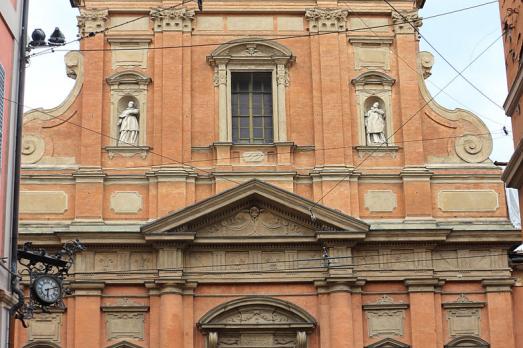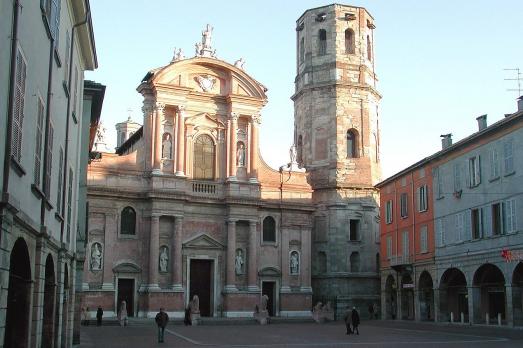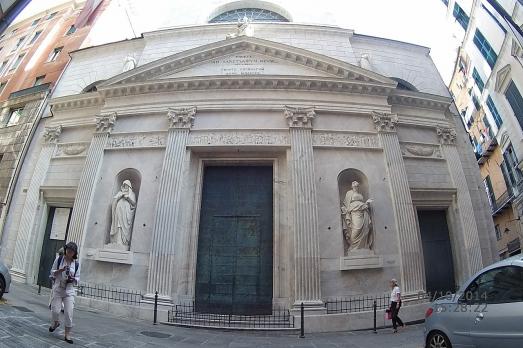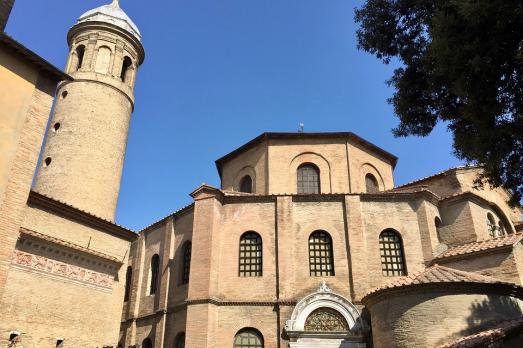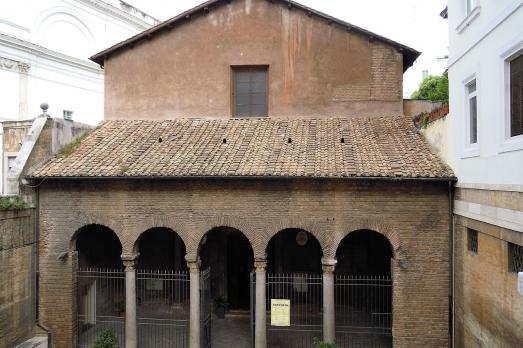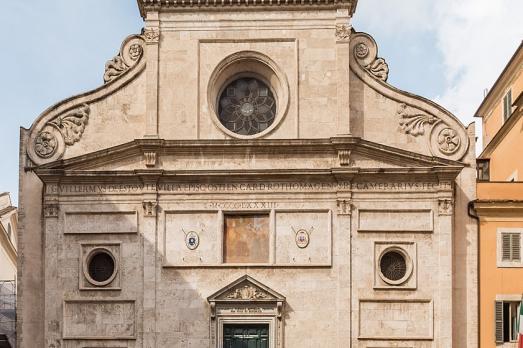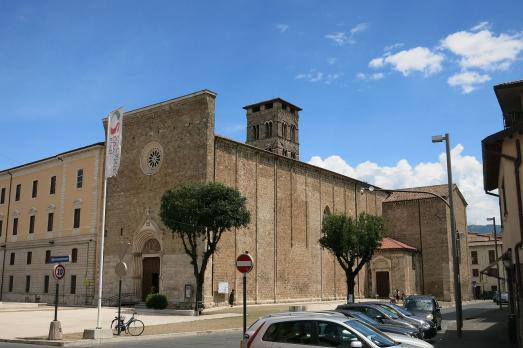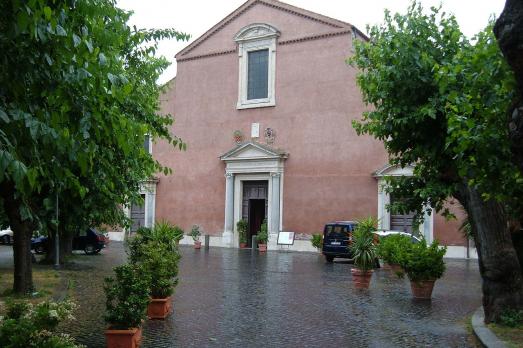
Basilica di San Pancrazio
Roma, IT
The ancient basilica of San Pancrazio was built by order of Pope Symmachus (498-514) on the site where the 14-year-old martyr St. Pancras was buried. In the first half of the 7th century, during the pontificate of Pope Honorius I, the basilica was completely rebuilt so that the tomb of St. Pancras was located exactly under the high altar. The church gives access to catacombs which give an idea of the hardships of the Christians who came here to pray.
